Name Antonio Salviati | ||
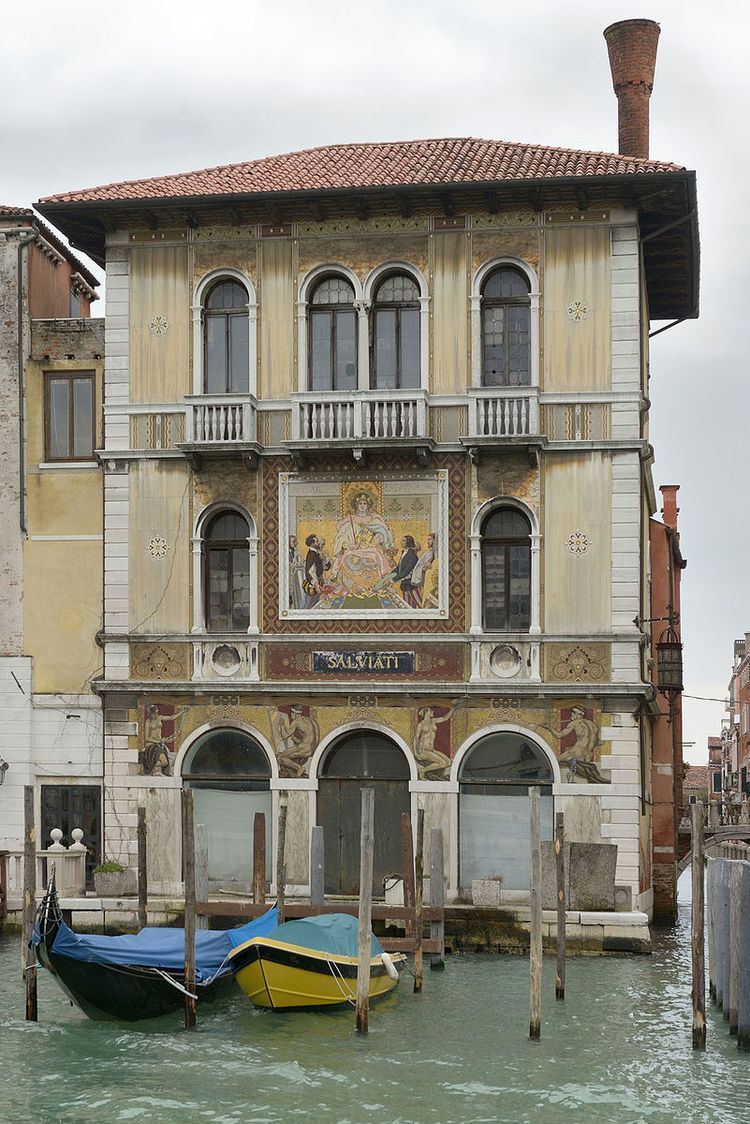 | ||
Died January 25, 1890, Venice, Italy Books On Mosaics and the Superior Advantages, Adaptability and General Use in the Past and Present Age, in Architectural and Other Decorations | ||
Antonio Salviati (18 March 1816 – 25 January 1890) was an Italian glass manufacturer and founder of the Salviati family firm.
Contents
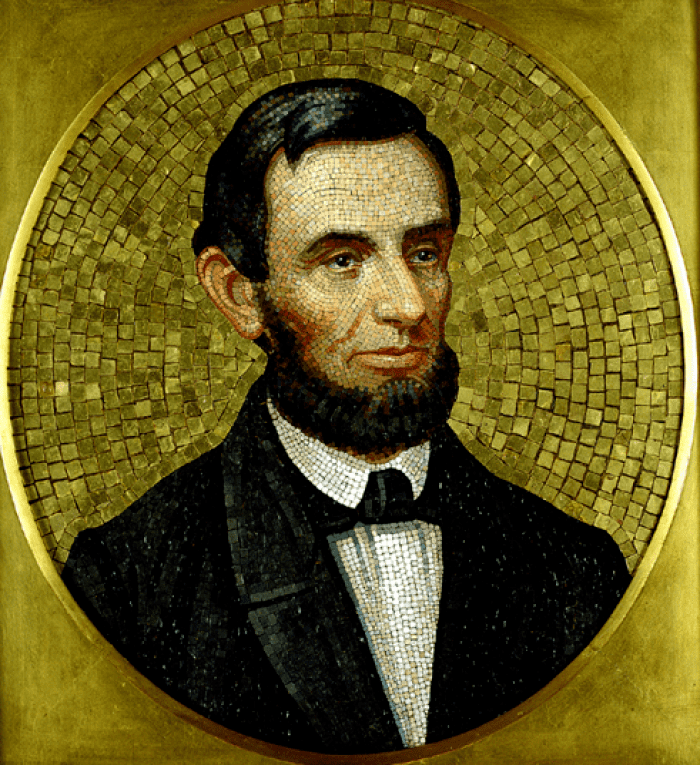
Biography

A native of Vicenza, Salviati was a lawyer who became interested in glasswork after participating in restorations being done on the mosaics of Saint Mark's Cathedral in Venice. He opened his first glass business in 1859 with Lorenzo Radi, and this firm produced the mosaic glass for the altar screen for the high altar of Westminster Abbey. In 1876, he left this business to establish a new firm which executed the mosaic decoration of the dome of Aachen Cathedral. The designs of this cathedral were based on the ideas of the Belgian architect Jean-Baptiste de Bethune. The Victorian era saw Salviati turn glass pieces, a former staple of wealth only enjoyed by a few, into ornamental pieces seen by millions throughout the homes and parlors of Italy.

During 1866, Antonio Salviati founded Compagnia Venezia Murano with British diplomat and archaeologist Austen Henry Layard. Pauly & C. - Compagnia Venezia Murano has continued to be an important producer of Venetian art glass.
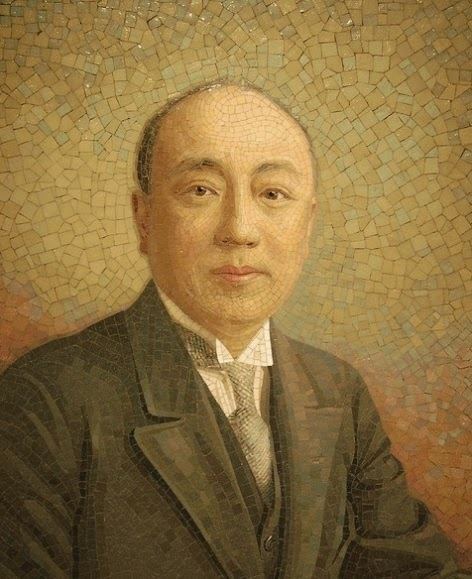
Of particular historical relevance is the mosaic portrait of President Abraham Lincoln, which can be viewed today in the Senate House rooms in the United States, produced by Compagnia Venezia Murano and donated by Antonio Salviati in 1866.

Murano had been a center of fine glasswork since the Middle Ages (producing the glass that bore its name), but the pieces were lavish and expensive specialty pieces that only the wealthy could afford. Salviati changed the face of the business by becoming the first glass factory owner to employ a large number of skilled workers to mass-produce glass intended for export.The victorian era saw Salviati turn glass pieces, a former staple of wealth enjoyed by a few, into ornamental pieces seen by millions throughout the homes and parlors of Italy. This reestablished Murano as a center of glass manufacturing.
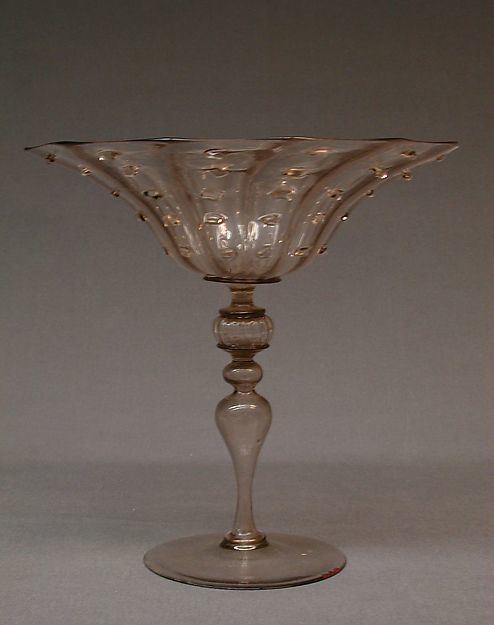
Salviati died January 25, 1890, in Venice Italy.
Works in Europe
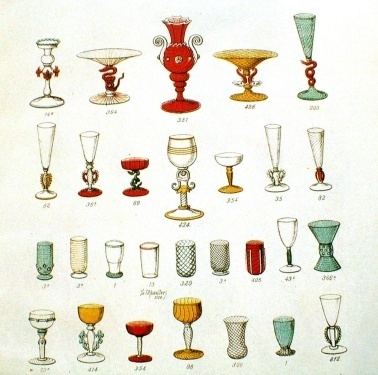
Salviati's work spread mainly to England and France, where his work was best associated with the architectural design style of these countries. His mosaics can be seen in many churches across these countries. His smaller, mass produced work, stayed relative to Italy being sold as retail.
Biggleswade
Dundee
www.saintpaulscathedral.net Mosaic reredos of Christ in glory in St Paul's Episcopal Cathedral
Elsfield
St. Thomas of Canterbury church, Elsfield, has a Salviati mosaic of The Last Supper.
Reading
All Saints Church, Reading, Berkshire, has a Salviati glass mosaic reredos depicting the Last Supper, that was installed in 1866.
